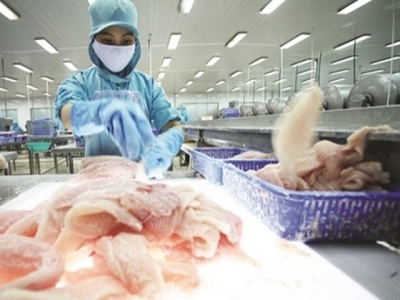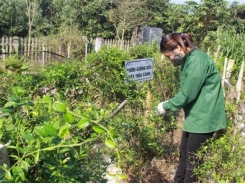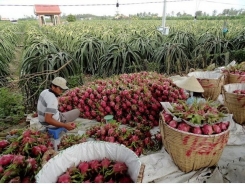Cold supply chain: burning issue for Vietnams farm products

Farmers in Hanoi have had to throw away hundreds of tons of radishes because of slow sales, reflecting the weakness in Vietnam’s cold supply chain.
Customer demand
Thu Thuy, 32, of HCM City became more concerned about food quality and safety after learning that she is pregnant with twins. Thuy said she is willing to double expenses on food to ensure safe meals for her family.
A report found that the demand for high-quality food in urban areas has increased by 20 percent.
However, problems in preservation and distribution have hindered progress.
Luong Quang Thi, general director of ABA Cooltrans, said microorganisms appear on pork two to three hours after slaughter.
The seafood sector, which brings the largest export turnover in agriculture, has the best cold chain with supply network development of 95 percent, partly because of strict requirements from import markets.
The figure is 20-30 percent only for farm produce and foodstuff for domestic consumption.
Vietnam’s farm produce is seasonal. The supply usually soars in high harvesting season. As a result, farmers sometimes have to throw vegetables and fruits away or use them to feed cattle.
A cold supply chain would allow harvested farm produce to be kept in cold storage for consumption. This allows consumers to buy products year round and at reasonable prices.
According to the Ministry of Agriculture and Rural Development (MARD), Vietnam gained its highest ever seafood export value of US$8.32 billion in 2017, a year-on-year increase of 18 percent.
Dao The Anh, deputy director of the Vietnam Agriculture Science Institute, said cold supply market is underdeveloped with small cold storehouses run by households and cooperatives.
As the logistics network is still weak, it cannot connect the storehouses.
Anh said that post-harvesting loss rate for farm produce in Vietnam is about 20-25 percent because of weak cold logistics services.
International freight and forwarding firms hold 80 percent of market share. While joint venture companies dominate the maritime shipping service market, most Vietnamese companies focus on land transport services.
Cold supply has been identified as one of the major growth opportunities for foreign investors in Vietnam.
Among cold supply chains, foreign investors, such as FM Logistics, CLK Cold Storage and Emergent Cold, own cold storehouses. Vietnamese companies, including ABA Cooltrans and Tan Bao An, focus on frozen product transportation.
Vietnam’s fruit and vegetable exports are expected to top $4.5 billion by 2020, with fruits accounting for $3.6 billion.
Có thể bạn quan tâm
Phần mềm

Phối trộn thức ăn chăn nuôi

Pha dung dịch thủy canh

Định mức cho tôm ăn

Phối trộn phân bón NPK

Xác định tỷ lệ tôm sống

Chuyển đổi đơn vị phân bón

Xác định công suất sục khí

Chuyển đổi đơn vị tôm

Tính diện tích nhà kính

Tính thể tích ao hồ



 An Son well taps advantages for urban agricultural…
An Son well taps advantages for urban agricultural…  Australia helps Vietnam with agricultural development
Australia helps Vietnam with agricultural development